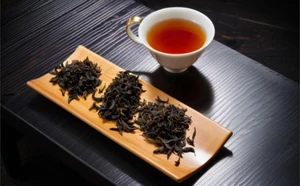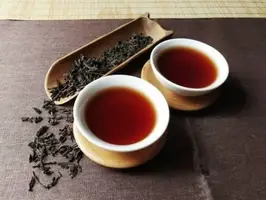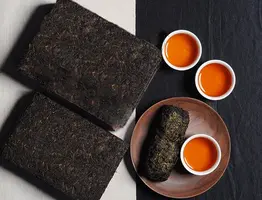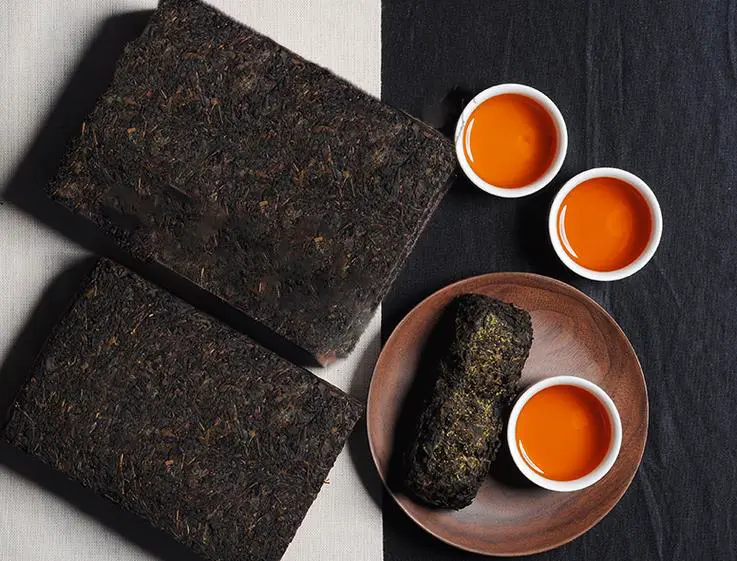

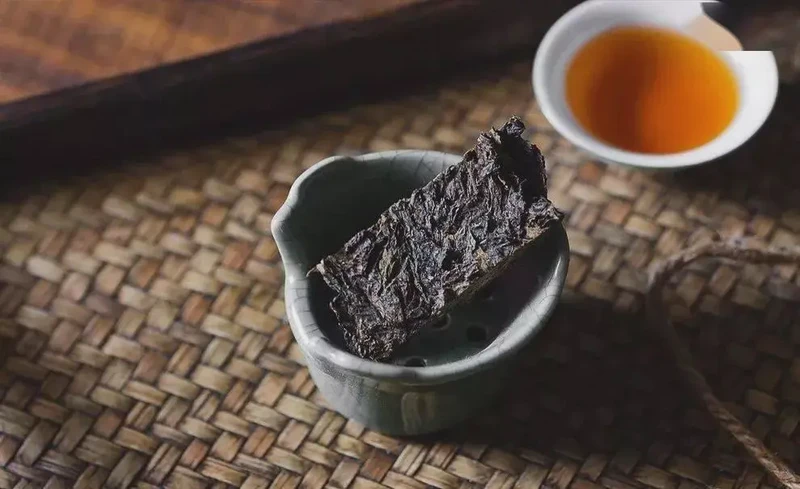
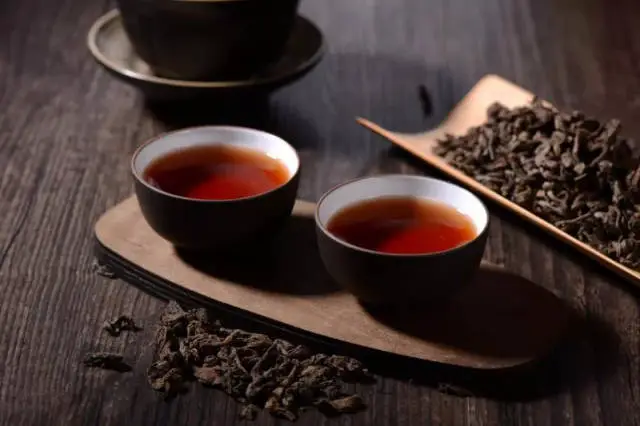

An Hua Hei Cha (Anhua Dark Tea)
Origin
Hunan
Category
Dark Tea
Harvest Time
Spring & Summer
Processing
Post-Fermentation
Description
An Hua Hei Cha, meaning 'Anhua Dark Tea,' is a post-fermented tea from Anhua County in Hunan Province, China. Known for its earthy, mellow flavor, dark color, and health benefits.
